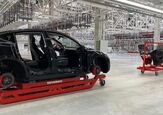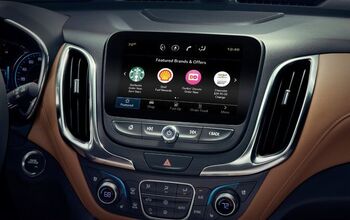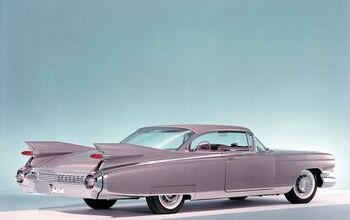Report: NHTSA Failed Consumers Over Automotive Safety
Last Friday, the U.S. Transportation Department’s Office of Inspector General dropped the sledgehammer on the NHTSA over its failings in automotive safety.
The 42-page report released to the public Monday says the agency fails to do all it can to promote automotive safety, from carefully reviewing safety issues and holding automakers accountable for potential problems, to carefully collecting data and properly training its employees, The Detroit News reports.
The report — the result of the NHTSA’s stumblings surrounding the February 2014 General Motors ignition switch recall crisis — notes the agency ignored complaints as early as 2003 from consumers regarding air bag deployment failures in certain GM models over the years.
The issue isn’t out of the ordinary, unfortunately, as the agency was found to ignore 90 percent of all consumer complaints arriving daily. The screeners responsible for reading them spent mere “seconds” on each complaint, with one screener having gone over 78,000 in one year — 330/day — while working in other duties.
Regarding self-reporting from automakers, the NHTSA isn’t doing all it can to determine accuracy in what is reported. According to Jalopnik, what everyone else would call a fire, manufactures call it something else:
However, according to [NHTSA Office of Defects Investigation] staff, manufacturers routinely miscategorize safety incidents. For example, staff told us that some manufacturers avoid using the word “fire” in non-dealer field reports and instead use phrases such as “strange odor” to avoid categorizing an incident as fire-related.
The Inspector General’s report lists 17 major recommendations needed to extensively reform the NHTSA, reforms administrator Mark Rosekind plans to “aggressively implement” by June 2016. Rosekind and the Inspector General, Calvin Scovel, are among those set to testify before the U.S. Senate Commerce Committee Tuesday on automotive safety.
Seattle-based writer, blogger, and photographer for many a publication. Born in Louisville. Raised in Kansas. Where I lay my head is home.
More by Cameron Aubernon
Latest Car Reviews
Read moreLatest Product Reviews
Read moreRecent Comments
- Theflyersfan I think color is FINALLY starting to return to car lots. After what seems like over a lost decade of nothing but shades of gray, whites, and black, I'm seeing a lot more reds and blues creeping into luxury car lots. Except Audi and Volvo. They still have at least 6-8 shades of gray/silver. But they at least have a nice green. Honda and Acura seem to have a bunch of new colors. And all carmakers need to take a serious look at the shades of red seen at the Alfa Romeo lot and tell themselves they want that because that looks amazing.
- Bd2 Well, it's no Sonata, no does it have the panache of the Optima.
- Teddyc73 "eye-searingly"?
- Teddyc73 I applaud anyone who purchases a vibrant, distinct or less popular color. We need these people. Our road ways have turned into a dreary gloomy sea of white, black, silver and greys, most with the equally lifeless black wheels. Mr Healey is guilty of contributing to this gloom apparently. It looks like a black and white movie across the nation when grouped with our grey houses with grey interiors. Totally dull and lifeless. And what is with this awful hideous trend of dull grey with black wheels showing up everywhere? It's on everything. Just awful. Come on people! I'll keep my Ram 1500 with it's deep rich sparkling Western Brown paint as long as I can.
- Shipwright As my Avatar shows I had an '08 GT 500, Grabber Orange convertible. I now own a '12 GT 500 Kona Blue coupe.


































Comments
Join the conversation
Sounds like we needed another Ralph Nader to hound GM/Takata about these "Cost/Benefit" (More Profit=More Death) calculations.
Congress keeps cutting departmental budgets under the false guise of saving the taxpayer money. I suggest we look at funding and congress for these issues, not the departments themselves.